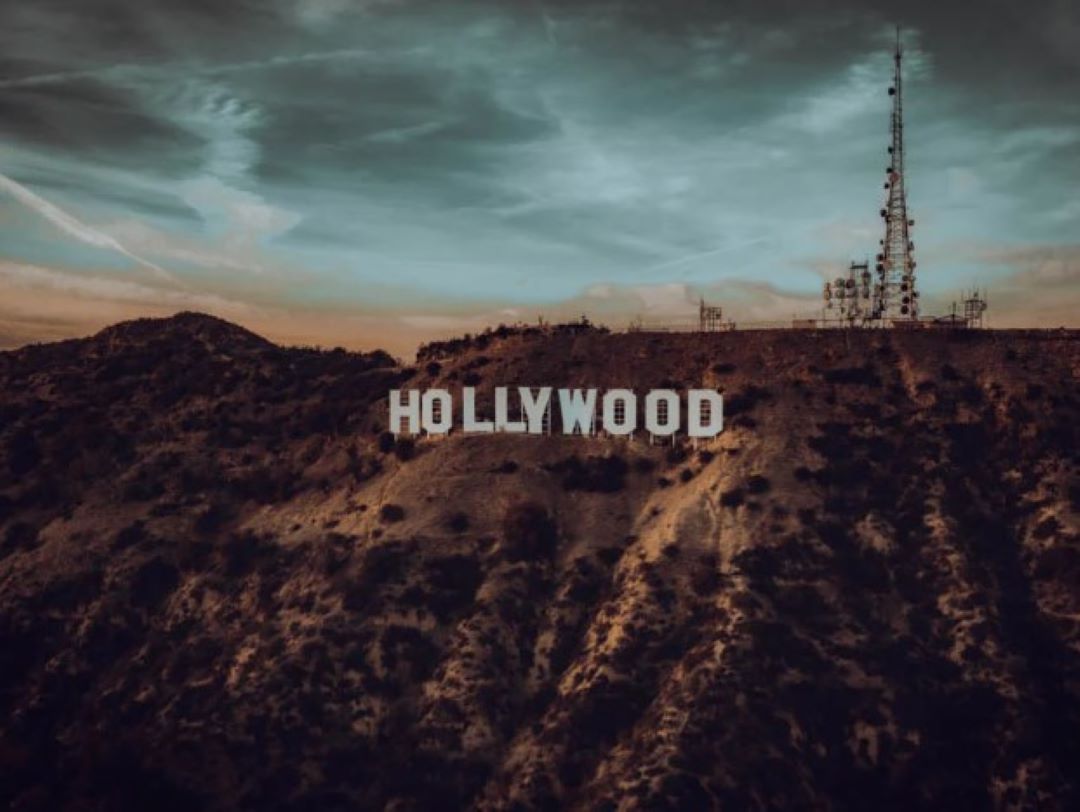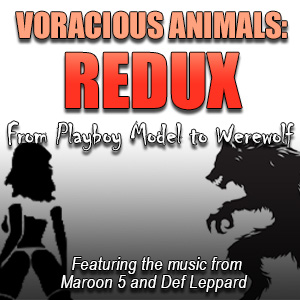Alongside plenty of skeletons in closets, and many people in those closets with them, Hollywood is apparently home to many ghosts. In this edition of Hollywood History, we will talk about some of these legendary spooks. Just how haunted is Hollywood?
Since the mid-2000s, vast swathes of the world’s population have carried around a camera capable of shooting stills and video with them at all times. Despite this, there has still apparently never been definitive video footage of paranormal activity captured on camera.
This doesn’t stop the stories, the campfire tales, the legends of Tinseltown hauntings from enduring. Here we run down some of the most famous, and maybe some you haven’t heard of.
Griffith Park
Every October, celebrities flock here for the annual Halloween hayride. It is held here for a reason. It is said to be incredibly haunted. According to the legend, it was only donated to the city purely because the owner needed to rid himself of these spooks.
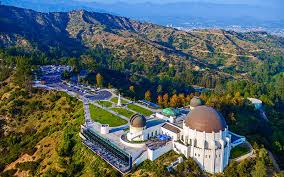
When Dona Petronilla found out, in the late 1800s, that her beloved uncle had bequeathed the park to somebody else, she laid a curse on the area. To finalize the curse, she dropped down dead. Gradually members of her family began to die from illness and misfortune, all connected to the park. Others involved in various enterprises centering on the park have also met unfortunate ends.
The ghosts of all of these people, including Dona and her Uncle, are said to still walk the park frequently.
The Knickerbocker Hotel
Now a set of retirement apartments, maybe the new residents didn’t know how haunted this place was. How haunted? Very haunted, according to the stories. In what used to be the bar, you could apparently see the spirit of Rudolph Valentino still trying to enjoy a beverage. This was strange as he died before the hotel opened.

Stray into one of the ladies’ restrooms and you may encounter Marilyn Monroe. Filmmaker D. W. Griffith died of a cerebral hemorrhage after being found unconscious in the lobby of the hotel.
Harry Houdini’s wife held seances on the roof for years trying to contact her dead husband so this may have something to do with the overabundance of spirits here.
The Hollywood Sign
In the fall of 1932, actress Peg Entwistle jumped to her death from the very top of the giant ‘H’ and the tourists and residents have all reported sightings since then.
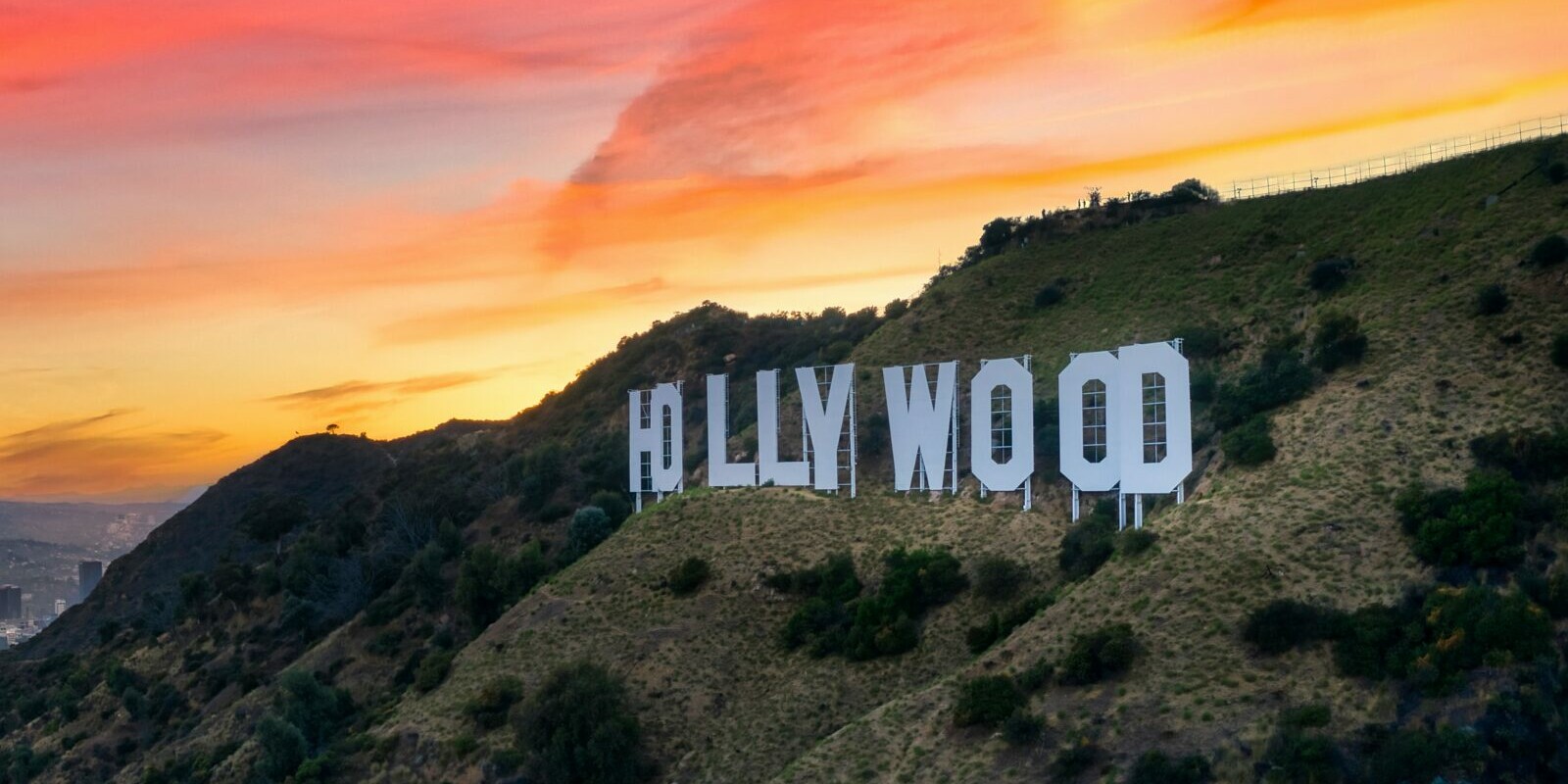
A ghostly image of a woman that looks just like her, even down to the clothes she was wearing, has been frequently sighted wandering at night and doesn’t respond to shouts and greetings.
The Roosevelt Hotel
The Roosevelt apparently shares a spook with The Knickerbocker, Marilyn Monroe! When she isn’t over at one hotel, she is said to appear as an apparition in a mirror on the 12th floor, near where she stayed very early in her career. She purchased a full-length antique mirror for her favorite suite above the pool as she stayed there so often.

The hotel stored it away until it was rediscovered during a major remodel. They hung it, and since then Monroe’s image has been seen in it regularly, applying lipstick
Former actor Montgomery Clift reportedly haunts Room 928, frequently sighted with an apparition of another, unidentified gentleman. People come from around the world to stay in it on the chance that Clift’s spirit will show itself. Past residents report the ghost ringing the phone incessantly, blaring the radio, turning the heat to over 100 degrees, and practicing the bugle for the From Here To Eternity role.
The Roosevelt gets better… or worse, depending on your view of paranormal activity. It is a veritable hotbed of ghostly goings-on. Ghostly children playing in the hallways, a pianist wearing a white suit and very old shoes tinkling the ivories on the mezzanine piano, noises of guests swimming in the pool after hours, with nobody actually being there.
The Chateau Marmont
The Chateau Marmont might be one of those naff Hollywood holes that have somehow achieved a level of cachet due to celebrity shenanigans, such as Lindsay Lohan’s infamous trists, but there are spooky goings-on too.

More than one tragic death has occurred in their bungalows. The most famous is that of John Belushi who passed away from a cocaine overdose on the premises.
A family living in the bungalow in the late ’90s reported that their toddler told them he saw a ghost and described it as the spitting image of Belushi. The toddler even referred to the ghost as “the funny man”.
Culver Studios
In the unfashionable end of Southwestern LA, this studio is sometimes forgotten among the glamor of Paramount and Warner Bros. but it still has its spooks. The original owner Thomas H. Ince died on William Randolph Hearst’s yacht in controversial circumstances.
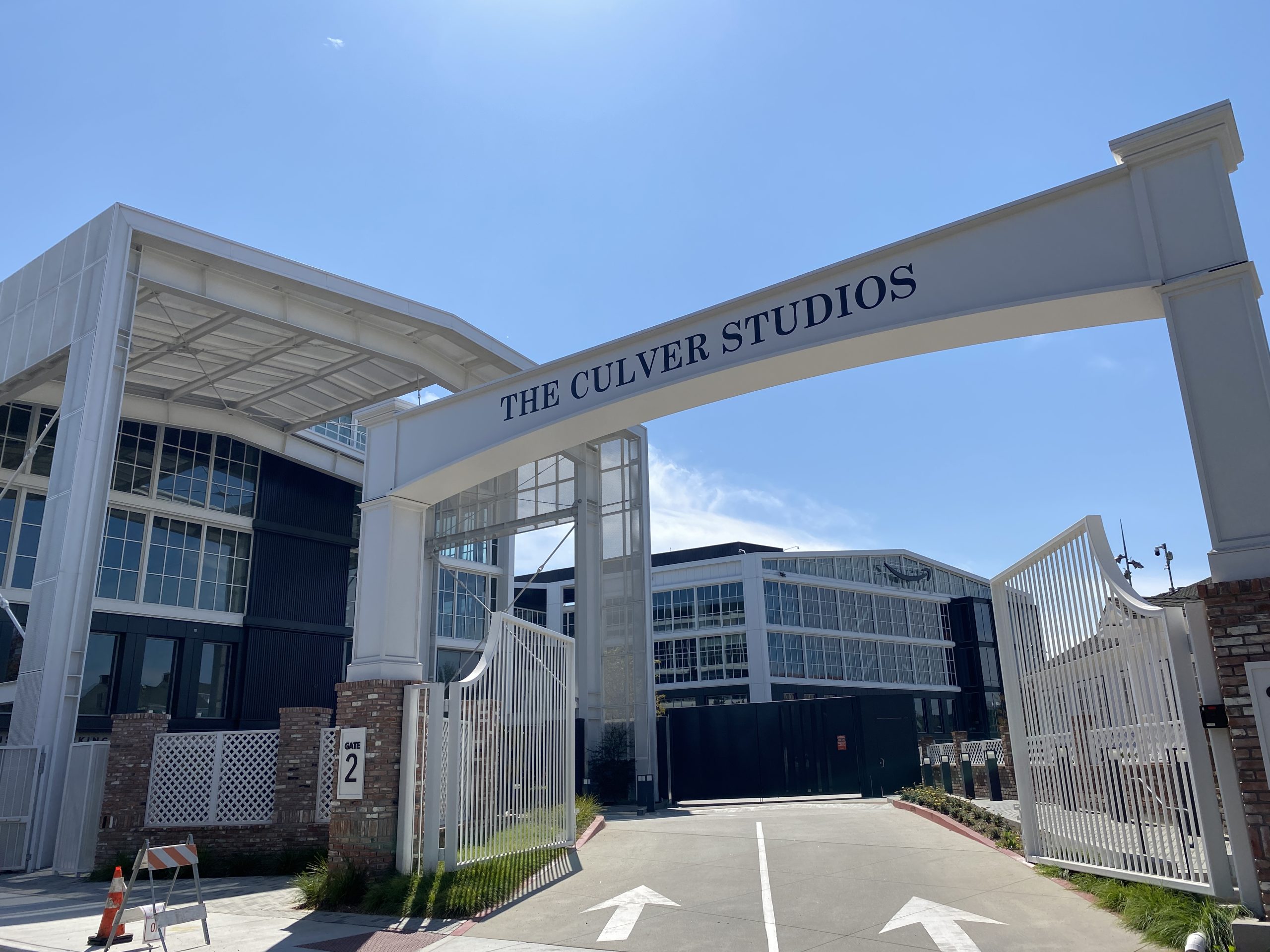
One rumor is that Hearst shot him thinking he was Charlie Chaplin because he thought Chaplin was having an affair with his mistress.
Just rumors. Like the rumors that Ince’s ghost can be seen wandering the backlots, despondent at his fate.
The Comedy Store/Ciro’s
The Sunset Strip was the playground of the stars. The brightest clubs, the trendiest bars. This is where they came to party and be seen. Ciro’s was one of the most popular nightspots on the strip in the Golden Age. Today it is the world-famous Comedy Store. However, when the laughs are gone, the ghosts come out to play.

One night on his way out the back door, part-time comedian and security guard Blake Clark heard banging on the piano in the Belly Room. Some of the waitresses had already reported strange things happening up there and didn’t like to go there alone.
One of the waitresses had reported that she would open the room, light candles, arrange tables, and leave. Later she returned to find the candles out, the lights off, and the door locked. When she returned later with the keys the room was open again and the room was completely set up, complete with candles.
On this night Clark rushed upstairs when he heard the piano. When he got to the room it was deserted. As he turned to leave, the banging on the piano started again.
Things got weirder from here on in. As he was locking up one night a chair on one end of the stage began to slide across to the other side. Another night, when he went to turn off the backstage lighting, the stage was empty. As he turned off the light he turned around and saw 40 chairs silently piled center stage, ten feet away, on the stage that was empty mere seconds ago.
The Hollywood Reporter/L.A. Weekly Offices
In 1936, William “Billy” Wilkerson created a beautiful office for his newspaper, the Hollywood Reporter, on Sunset Boulevard.
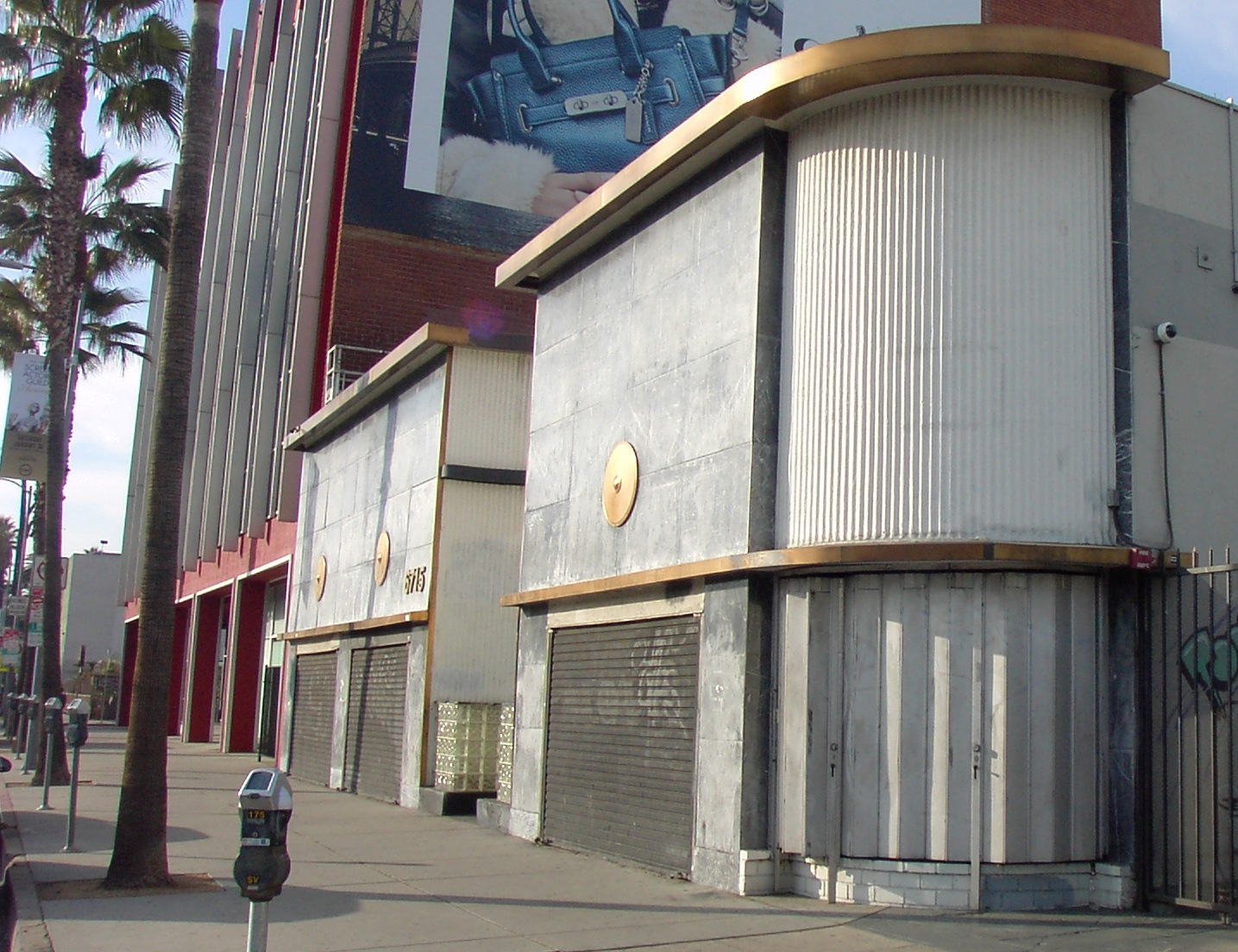
Though he died in 1962, when The Hollywood Reporter left the offices and L.A. Weekly moved in back in 1992, it seemed to start some paranormal activity.
Construction worker Jerry Brake was working on the building’s seismic upgrading and when in the building alone he was witness to a litany of spooky goings-on. From a push firmly on his back to a figure in the corner that did not appear in the mirror in front of it. Others reported clear banging and tapping late at night when the offices were known to be empty.
The Santa Monica Pier and Carousel
Built in 1876, the Municipal Pier in Santa Monica is one of LA’s oldest, most famous attractions. For years there have been ghost stories circulating around this place. A dark, shadowy figure wandering on the roof at night or riding the carousel horses, to unexplained noises of merriment even though the attraction is closed and empty.
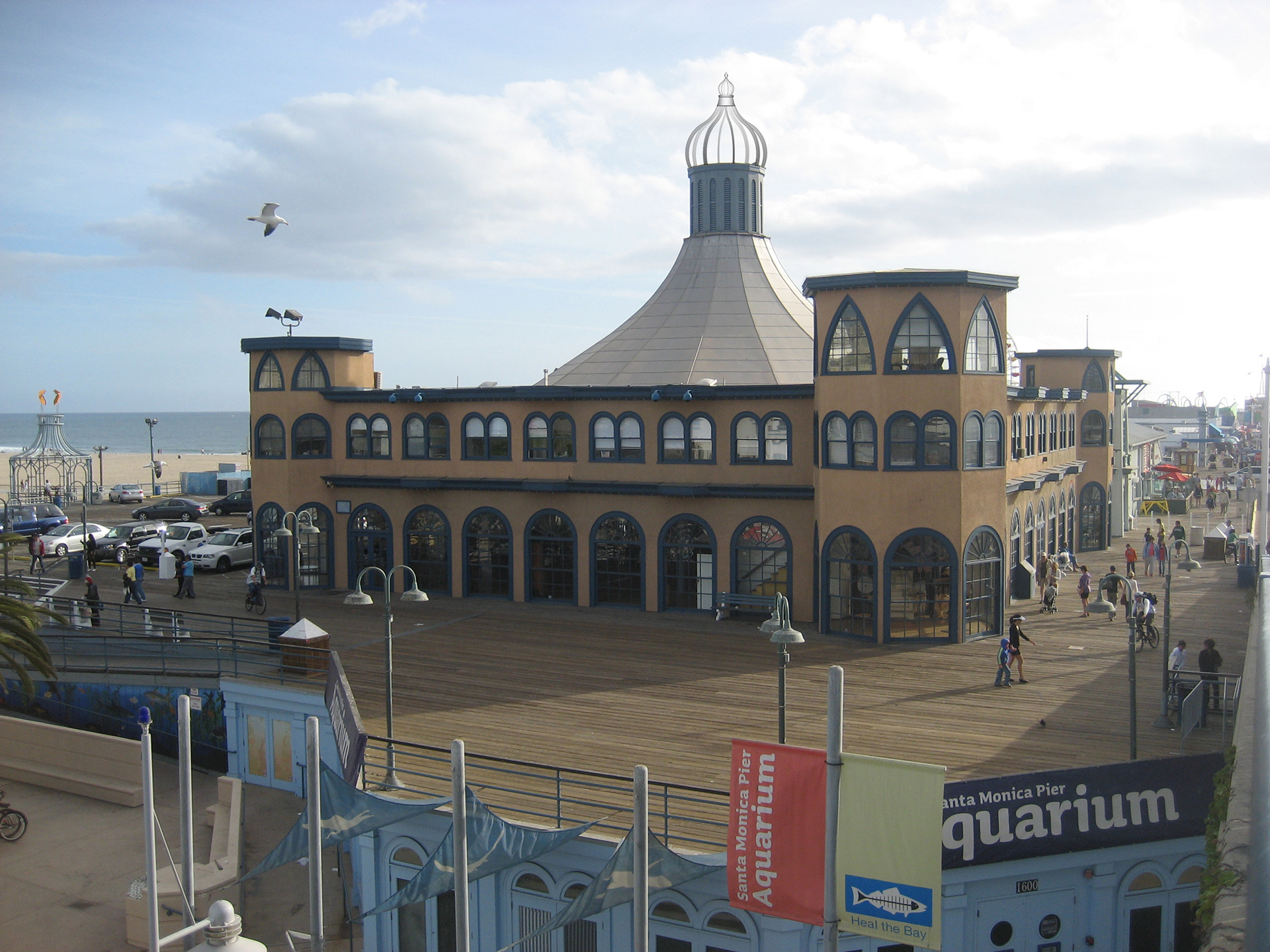
The site contained many apartments that were rented out to artists and other bohemians who were known to party, frequently with their parties spilling out to the roof of the complex.
The apartments were destroyed by fire in 1975, but were restored as offices in the early ’80s when the pier was put on the National Register of Historic Places. However, at night, the parties can still be heard by security guards, coming from the roof.
Grauman’s Chinese Theater
Sid Grauman wanted to build a theatre that would outshine all other theaters in Los Angeles so worked with architect Raymond Kennedy on a Chinese temple-inspired creation. The 90-foot pagoda would feature a 30-foot dragon and ceremonial masks, all topped off with a copper roof.
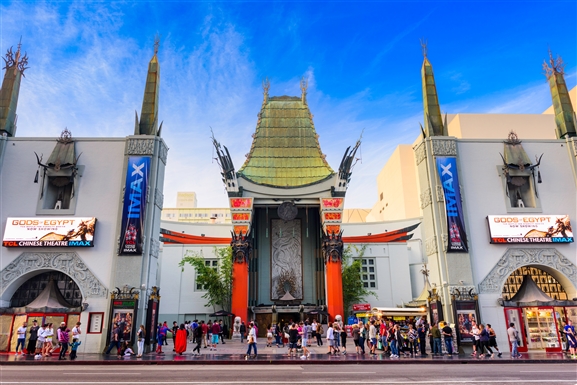
Grauman also built sneaky salons for private parties inside, where he and his guests could celebrate in private after shows and ceremonies. He hid buzzers near lamps in the lobby. When pressed they signaled to people inside the salons to open the secret panel and let others in.
All these rooms are now sealed and the buzzers long since disconnected. This doesn’t stop buzzers from being heard, late at night, by employees.
The theater also has a resident ghost, Fritz. Apparently, a despondent employee who once hanged himself behind the movie screen his presence has been widely felt.
Avalon
The Avalon has been known for years by a variety of different names. It was first the Hollywood Playhouse upon opening in 1927. 1942 saw a new owner and a change of name to the El Capitan and the house set a record for the longest-running variety revue in the history of theater with Ken Murray’s Blackouts.

During the 1950s and ’60s it was often used for various TV specials and variety shows before being remodeled as a nightclub – Avalon. Today it is famous as a hot nightspot and for specials, premiere parties, and use in movies.
However, after hours some people definitely not on the exclusive guest list frequent the venue. An invisible jazz pianist plays in the club room upstairs. A perfumed woman in high heels is heard and smelled but never seen.
A man in a tux has been sighted roaming the theater many times, along with a couple in their best 1930s clothes as they take drinks in a private box.
One ghost is named Harry and is said to be the former electrician from the Blackouts. He ties cables in complicated knots and hides tools.
Other patrons have continually complained about talking on the balcony during the show. However, the balcony is closed. A cold spot in the balcony sends shivers down the spine of staff who experience it, and even in the daytime employees have reported a women’s blood-curdling scream from up there, even when they know it’s empty.
According to legend, a chorus girl broke up with her technician boyfriend on the closed balcony and the jilted lover threw himself over the balcony to the stage below.
The Pantages Theater
The Pantages Theater is often referred to as Hollywood’s last glorious movie palace. It opened in June 4, 1930, in the Hollywood and Vine area as an Art Deco palace.
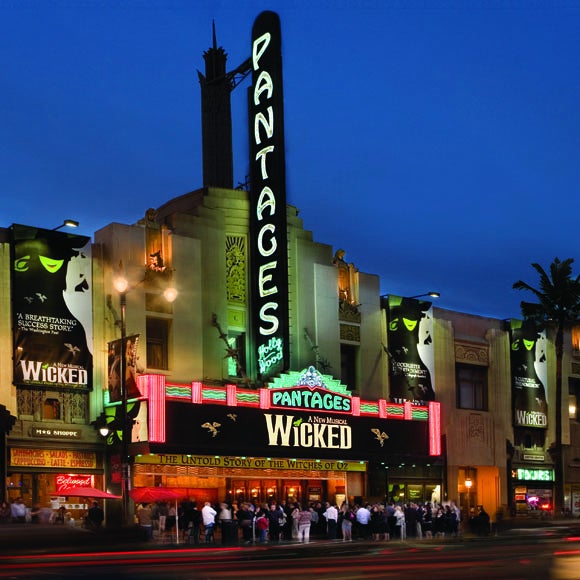
In 1949, millionaire aviator Howard Hughes took over RKO Studios and took ownership[ of this theatre in the deal. Hughes loved it and even used the second floor as his suite of offices.
Today, Hughes is seen time and again in the executive offices and his footsteps are heard everywhere, as rooms fill with the smell of cigarette smoke even though smoking has been banned there for decades. Hughes was said to despise cigarette smoke.
Back in 1932, a female guest died during a show. Now she can be heard singing late at night when the venue is empty. It is theorized that she may have been an aspiring singer who’d come to see one of the musicals. Her voice has even been picked up on a microphone on stage and carried over the monitor during a live performance. Engineers confirmed this.
The Warner-Pacific Theater
One of the brothers, Sam Warner, was instrumental in the development of sound for movies. He built the largest theatre on Hollywood Boulevard specifically designed for sound.

Sam planned the spectacular opening for their movie The Jazz Singer at this venue. Construction delays caused the premiere to be switched to New York but the night before the premiere Sam Warner, aged just 40, collapsed and died from a cerebral hemorrhage. It is said he had literally worked himself to death.
Security guards have witnessed Sam’s ghostly figure crossing the lobby to use the elevator. Noises are heard coming from Sam’s old offices. Even local residents, passing the haunted theatre at night, have caught glimpses of Sam pacing the lobby through the doors.



